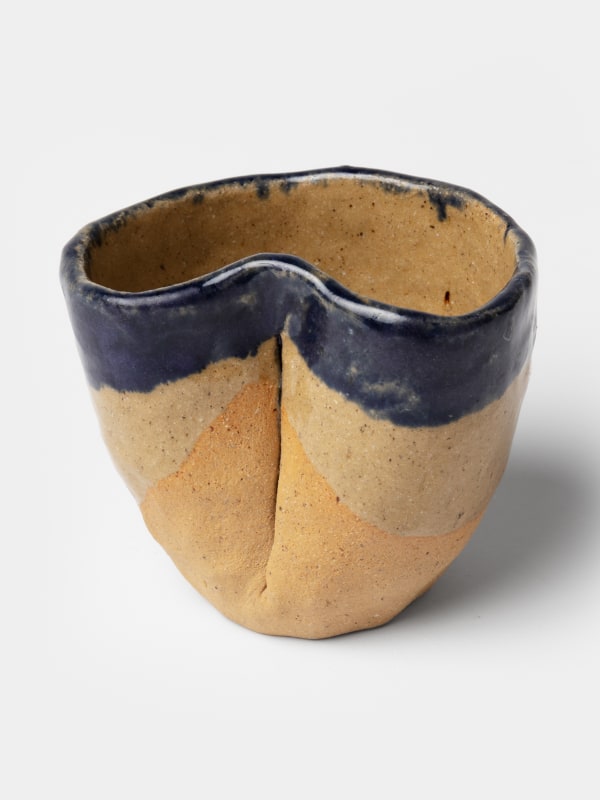JB Blunk
-
-
BiographyBorn in Ottawa, Kansas, 1926
Died in Inverness, California, 2002 -

JB Blunk in his studio in Inverness, California, c. 1968
-
"Wood. Clay. Stone. Spirit. These are the elements from which JB Blunk created his work, and a more elemental artist of the postwar era would be hard to find. Blunk proceeded through sheer instinct and in deep conversation with nature; his art was the ultimate expression of a life lived off the grid." —Glenn Adamson
-
-
Works
-
Exhibitions
-

JB Blunk: Muse
November 10 – December 23, 2022 514 West 28th Street, New YorkIn collaboration with the Estate of JB Blunk, Kasmin presents the first exhibition of the artist’s jewelry, alongside a selection of paintings, ceramics, and wooden sculpture, to go on view in concurrence with NYC Jewelry Week. Many of the works on view were made by Blunk for his partner and muse Christine Nielson, as well as for family friends, in his studio on their property in Inverness, California.View More
-

JB Blunk
October 8 – November 7, 2020 297 Tenth Avenue, New YorkTaking forms from antiquity and mysticism and translating them instinctively through raw, salvaged materials, Blunk produced a body of work that represents an innate expression of, and conversation with, nature. The exhibition is staged in collaboration with the JB Blunk Collection and includes nearly fifty works in ceramic, wood, and stone by the artist.View More
-
-
News
-
contact_form
Send me more information on JB Blunk
Explore- Diana Al-Hadid
- Alma Allen
- Theodora Allen
- Sara Anstis
- Ali Banisadr
- Tina Barney
- Judith Bernstein
- JB Blunk
- Mattia Bonetti
- William N. Copley
- Cynthia Daignault
- Ian Davenport
- Max Ernst
- Liam Everett
- Leonor Fini
- Barry Flanagan
- Walton Ford
- Jane Freilicher
- vanessa german
- Daniel Gordon
- Alexander Harrison
- Elliott Hundley
- Robert Indiana
- Lee Krasner
- Les Lalanne
- Matvey Levenstein
- Lyn Liu
- Robert Motherwell
- Jamie Nares
- Nengi Omuku
- Robert Polidori
- Jackson Pollock
- Elliott Puckette
- Alexis Ralaivao
- George Rickey
- James Rosenquist
- Mark Ryden
- Jan-Ole Schiemann
- Joel Shapiro
- Bosco Sodi
- Dorothea Tanning
- Naama Tsabar
- Bernar Venet

















